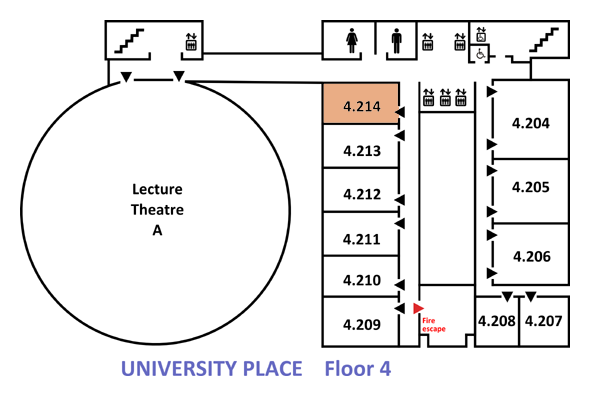
|
iCHSTM 2013 Programme • Version 5.3.6, 27 July 2013 • ONLINE (includes late changes)
Index | Paper sessions timetable | Lunch and evening timetable | Main site |

|
iCHSTM 2013 Programme • Version 5.3.6, 27 July 2013 • ONLINE (includes late changes)
Index | Paper sessions timetable | Lunch and evening timetable | Main site |
Alchemy was craft and science. Alchemy emerged from the combination of craftsmen’s practice and a discourse; a discourse supposed to account for the transformations of matter carried out by craftsman’s hands within the bounds of a work based on a simple imitation of nature, or depending on the case a discourse exposing real productions - true or supposed - equal to those of nature.
The alchemist was the secretary and the operator of nature. His work was grounded on a perfect mastery of crafts (metallurgy, pharmacy, dye-works, etc.), of a long and detailed observation of nature at work and a - more or less speculative - solid knowledge concerning the secrets of nature. His knowledge was always a know-how. The justification of his work was based on its social utility (assistance to a course of treatment, participation in various economy sectors development). The manifestation of his knowledge made a strong impression: it was or was concerned to be always concrete, from cosmetic production to metal transmutation via the demonstration of the true principles of bodies. The image of the alchemist combined the scholar’s and the craftsman’s one. The place where the images met each other was the laboratory.
In this context, we will examine in the symposium the relation between alchemy and technical knowledge as well as the relation between alchemical productions/alchemical technical assistance and society and political power.

